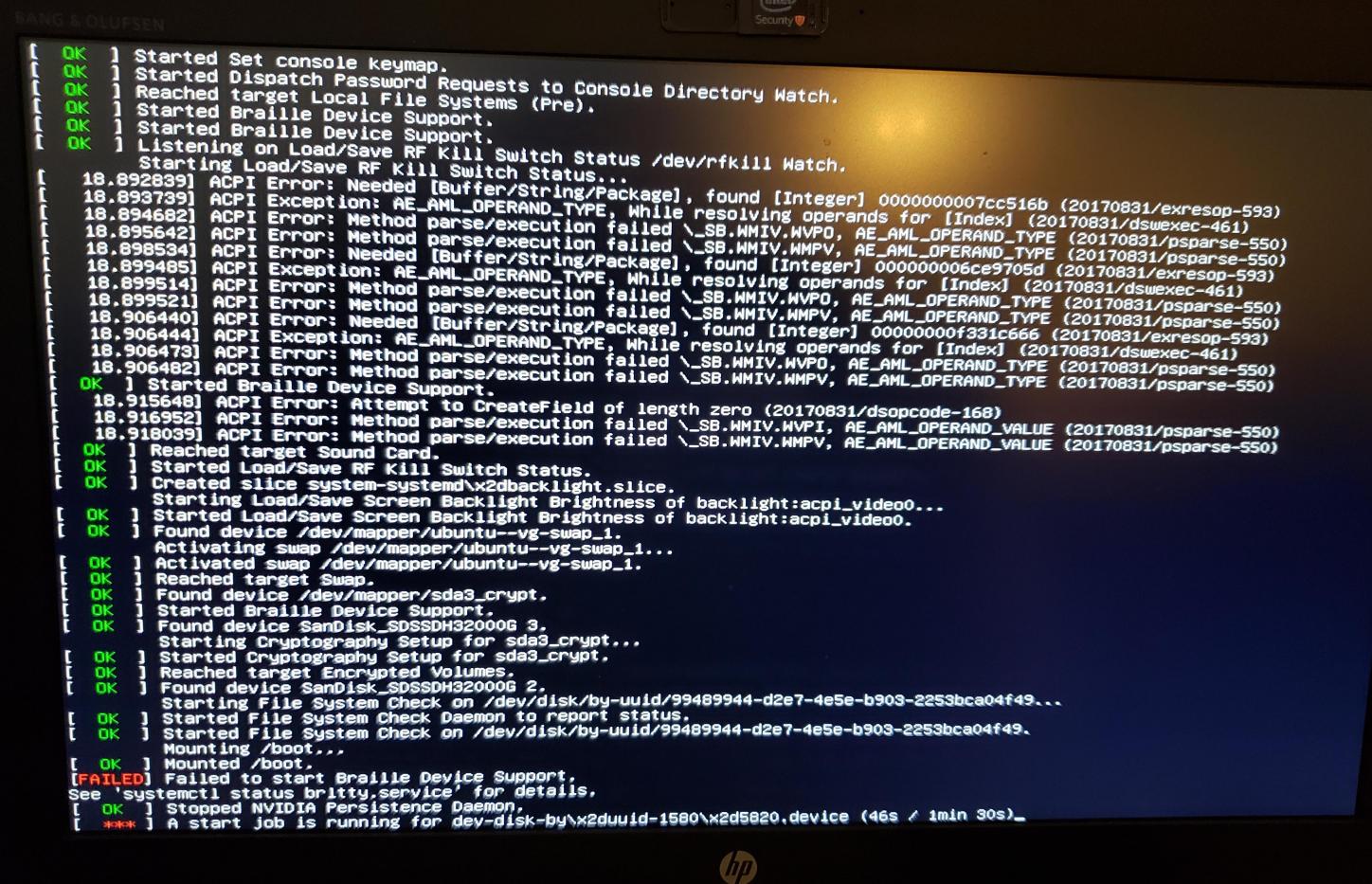

- UBUNTU BOOT VOLUME IS ALWAYS LOW DISK INSTALL
- UBUNTU BOOT VOLUME IS ALWAYS LOW DISK WINDOWS 10
- UBUNTU BOOT VOLUME IS ALWAYS LOW DISK VERIFICATION
- UBUNTU BOOT VOLUME IS ALWAYS LOW DISK FREE
Just remount /home during install and don't format.
UBUNTU BOOT VOLUME IS ALWAYS LOW DISK FREE
You can free up disk space by removing unused programs or files, or by moving files to another disk or partition. UUID=0986bfe2-1692-4c64-b10e-00f19ebbc426 /home ext4 defaults 0 2Īnother nice thing about having /home on a separate partition is that you don't have to lose all your settings everytime you reinstall Linux. All these computers can boot Ubuntu but now have the following message on startup: Low Disc Space The volume 'share' has only 363.5 MB disc space remaining. # /home was on /dev/sdb1 during installation Here are my lines in fstab for the mount, yours will be the same except for the UUID and the comment can use your own customized comment. So check them before and after the move (ls -al). You won't be able to log in if they aren't. Make sure your permissions for your home drive are the same before rebooting. Then when you reboot, you're new partition will be mounted at /home. Then you edit /etc/fstab and add a mount for /home to it and point that to the UUID for it. Then you need to find the UUID of the new partition by running 'sudo blkid' in terminal. You'd just need to create the new partition, format it, move everything from your current /home to the new partition. Therefore, first restore the data and then proceed to use CHKDSK.Click to expand.No, you don't need to reinstall. CHKDSK always damages all files beyond repair. Be careful, however: you need to take care of the safety of the data on your computer before you use it. Use CHKDSK, but be careful!Īnother good option is to use CHKDSK, which almost always works for this kind of problem. If everything went well, just reboot the system. ThinkpadX390- Opencore - EFI has a low active ecosystem. So, now OpenCore Monterey ssd installed, great acceleration, boot screen shows all loadable disks, and can select EFI Boot-loader, then Monterey without USB. You will see the results of this action on the screen. Copy /boot and / EFI directories from an Ubuntu 64-bit ISO.


UBUNTU BOOT VOLUME IS ALWAYS LOW DISK VERIFICATION
Press Enter and then just wait for the verification to complete. In the Troubleshooting section, select Command Prompt with administrator rights.

Boot from the installation disk again and select System Restore. The System File Checker (SFC) is also a great solution to problems with the boot volume. After that, remove the boot disk and start the system in the usual way. Follow the Wizard’s instructions and complete the recovery. To check the current block size, simply run the command: lsblk grep /dev/xvda From the output above, you can see that the boot partition, xvda1 is 8G. Our default EBS volume is 8 GB (For free tier). Then click on Advanced Options and select the "Startup Repair" option. Step 1) Modify the EBS volume To get started, you need to resize the size of your EBS volume. Once booted, select the "Troubleshoot" section from the "Repair your computer" menu. You can also use the Automatic Repair utility by booting from the installation disk.
UBUNTU BOOT VOLUME IS ALWAYS LOW DISK WINDOWS 10
In the new dialog box, click on "Troubleshoot" and in the list of advanced options, select "Command Prompt." Provided you have administrator rights, enter these commands (press Enter after each one):Īfter exiting Command Prompt, you can reboot in the usual way and the “unmountable boot volume” error in Windows 10 will not bother you in the future. Once booted from the installation disk, go to the "Repair your computer" section. If there are problems with the boot record, you can simply restore it. If this does not help, you can proceed to a more advanced solution to the problem. Sometimes, especially for Windows 10, single system crashes occur, which can be automatically corrected after a simple reboot. Restart the computerĪlways start with the easy way to solve a problem: just restart your system. To repair an “unmountable boot volume” error, consider the following options. Damaged RAM or a faulty hard drive can also be the culprit.


 0 kommentar(er)
0 kommentar(er)
